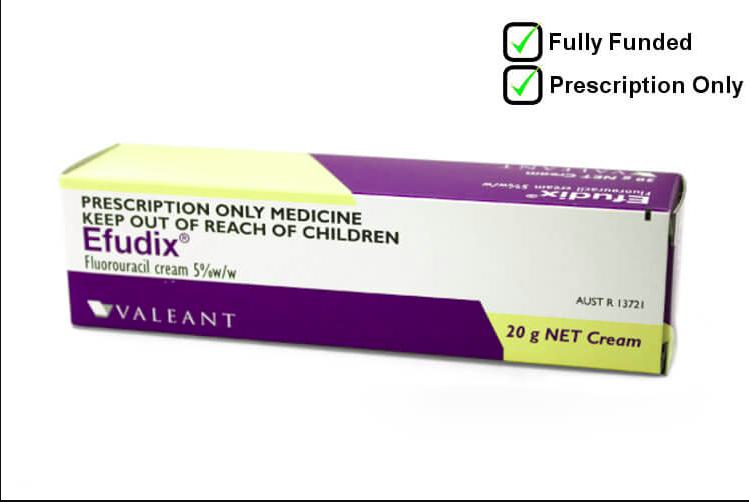Skin cancer is one of the most common types of cancer worldwide, often caused by excessive exposure to ultraviolet (UV) radiation from the sun or tanning beds. With cases continuing to rise, innovative treatment methods are being developed to target cancerous and precancerous skin cells while minimizing damage to surrounding healthy tissue.
One such method gaining attention is blue light treatment for skin cancer, also known as photodynamic therapy (PDT). This non-invasive therapy uses specialized light to activate photosensitizing agents applied to the skin, effectively destroying abnormal cells. It offers an alternative to surgery or invasive procedures, particularly for patients with early-stage or superficial skin cancers.
Definition and Overview
Blue light treatment for skin cancer, or photodynamic therapy, is a medical procedure that combines a photosensitizing drug with exposure to a specific wavelength of blue light. The light activates the drug, producing a reaction that selectively destroys precancerous and cancerous cells. This technique is often used to treat actinic keratosis, basal cell carcinoma, and other superficial skin cancers.
Unlike traditional surgery, blue light treatment is minimally invasive, requires little to no downtime, and leaves minimal scarring. It is considered an effective option for patients seeking targeted therapy with fewer side effects.
Types
The main types of blue light treatment for skin cancer include:
- Topical Photodynamic Therapy (PDT): The most common method, involving a cream or gel applied to the affected area before light exposure.
- Systemic PDT: A less common approach where the photosensitizing agent is administered intravenously, followed by light exposure to larger or deeper lesions.
- Preventive PDT: Sometimes used for patients at high risk of skin cancer to treat precancerous growths such as actinic keratosis.
Causes and Risk Factors
Skin cancer develops when DNA damage in skin cells leads to uncontrolled growth. Common causes and risk factors include:
- Prolonged sun exposure or frequent tanning bed use
- Fair skin, light eyes, or red/blonde hair
- A history of severe sunburns
- Weakened immune system
- Family or personal history of skin cancer
- Age over 50, though younger individuals can also be affected
Symptoms and Early Warning Signs
Early detection of skin cancer is crucial for successful treatment. Warning signs include:
- New or changing moles
- Rough, scaly patches that may itch or bleed
- Pearly or waxy bumps on the skin
- Non-healing sores or lesions
- Red or pink growths with raised edges
If you notice any unusual skin changes, consult a dermatologist for evaluation.
Diagnosis
Doctors diagnose skin cancer through:
- Visual examination: Checking suspicious lesions under dermoscopy.
- Biopsy: Removing a small sample of tissue to confirm cancer type.
- Imaging tests: Rarely used but may be needed if the cancer is suspected to spread.
Blue light treatment is usually recommended after a confirmed diagnosis of superficial or early-stage skin cancer.
Treatment Options
Treatment for skin cancer varies depending on the stage and type. Options include:
- Blue light treatment for skin cancer (PDT): Effective for superficial cancers and precancerous lesions.
- Surgical excision: Removal of cancerous tissue.
- Mohs surgery: A precise technique for removing skin cancer while sparing healthy tissue.
- Cryotherapy: Freezing abnormal cells with liquid nitrogen.
- Radiation or chemotherapy: Used in advanced cases.
Prevention and Lifestyle Recommendations
Preventing skin cancer involves making smart lifestyle choices:
- Use broad-spectrum sunscreen with SPF 30 or higher daily.
- Wear protective clothing, hats, and sunglasses outdoors.
- Avoid tanning beds and unnecessary sun exposure.
- Schedule regular skin checks with a dermatologist.
- Adopt a healthy diet rich in antioxidants to support skin health.
Prognosis and Survival Rates
The prognosis for patients receiving blue light treatment for skin cancer is generally positive, especially for early-stage cases. Most patients experience significant improvement, and recurrence rates are low when combined with preventive measures. For basal cell carcinoma and actinic keratosis, success rates are often above 80–90%.
Latest Research and Innovations
Recent research on blue light treatment for skin cancer is exploring:
- More efficient photosensitizing drugs for deeper penetration.
- Combination therapies with immunotherapy or laser treatments.
- Advanced light delivery systems to improve precision and effectiveness.
These innovations aim to expand the use of PDT to more aggressive or advanced skin cancers in the future.
Coping and Support for Patients
Receiving a skin cancer diagnosis can be stressful. Patients undergoing blue light treatment often benefit from:
- Support groups for skin cancer survivors
- Counseling to manage anxiety or fear of recurrence
- Patient education about lifestyle changes
- Emotional support from family and friends
Conclusion
Blue light treatment for skin cancer is an effective, minimally invasive therapy that offers hope for patients with early-stage skin cancers and precancerous lesions. By combining targeted therapy with preventive care, patients can improve outcomes and reduce the risk of recurrence. With ongoing research, blue light therapy continues to evolve as a promising tool in the fight against skin cancer.
FAQ
1. What is blue light treatment for skin cancer?
It is a photodynamic therapy that uses a photosensitizing drug and blue light to destroy abnormal skin cells.
2. Is blue light treatment painful?
Most patients experience mild discomfort, tingling, or burning during the procedure, but symptoms usually subside quickly.
3. How long does recovery take after blue light therapy?
Recovery typically takes 1–2 weeks, with temporary redness and peeling in the treated area.
4. Can blue light treatment cure skin cancer completely?
It is highly effective for superficial cancers and precancerous lesions but may not be suitable for deeper or advanced cancers.
5. Is blue light therapy safe?
Yes, it is considered safe when performed by a trained dermatologist, with minimal side effects compared to invasive treatments.


